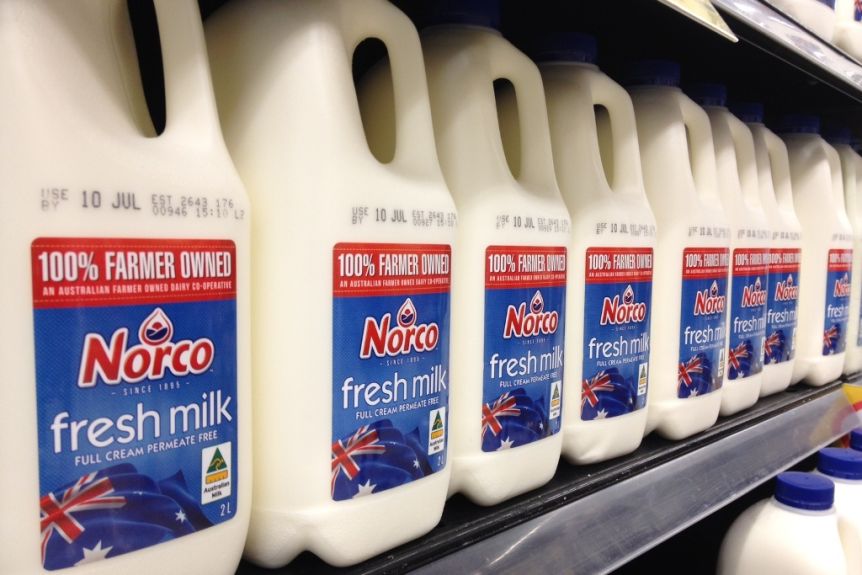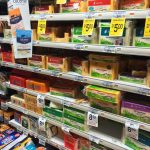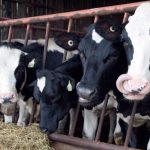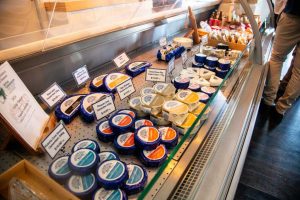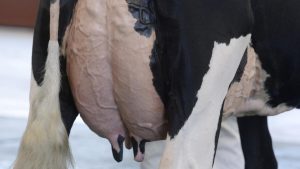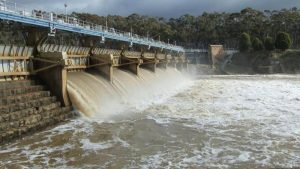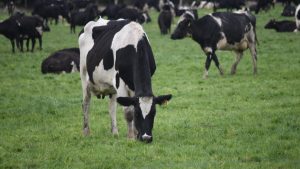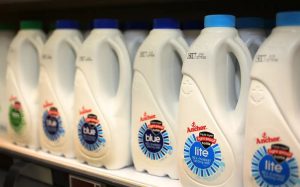
Key points:
Norco has paid a record price to its suppliers
The 125-year-old dairy co-operative has reported a $5.4m operating profit
Suppliers received an average of 70 cents per litre for 2019–20
“There will be some farms that will be less of course and there will be some farms that receive much more, based on their component qualities of their milk, so on average it’s just over 70 cents a litre,” chief executive officer Michael Hampson said.
The price paid by the 100 per cent farmer-owned business put its suppliers among the highest paid in the country.
“In terms of the major processors, from our internal analysis we haven’t seen any other prices that have been higher. There might be some smaller processors that are,” Mr Hampson said.
“Certainly from where we sit … we think that we have an incredibly strong competitive milk price and provide really good value for farmers and their milk.”
Norco sourced 214 million litres of milk for the year from 203 dairy farms across northern New South Wales and southern Queensland.
The 125-year-old business announced an operating profit of $5.4 million, up $1.2 million, from a turnover of $680 million, ahead of its AGM and releasing its annual report to members.
“Over the course of this year we’ve really changed the approach in what we’ve concentrated on to make sure we’re delivering value in everything that we do, which has seen some significant improvements in the business,” Mr Hampson said.
He credited Norco’s management team and its employees for the strong result.
“They have worked really hard to get the results for the farmers to help them through the drought, but also to help build their business too because a strong co-operative will build a strong bunch of farmers,” he said.
“When the next drought comes along if we’re stronger we’ll be able to provide even more support.”
Mr Hampson said all areas of the co-operative improved significantly with its value increasing by $21.3 million for its farmers.
“A lot of that value was passed directly through to them to assist them through the affects of what was an incredibly crippling drought,” he said.
“It’s funny, we take it for granted every day that we can go to the supermarket to get two litres of milk, but there are hundreds of families that have taken on hundreds of thousands of dollars of debt to feed livestock while we’ve been able to do that.
“That’s been the most critical thing for our farmers — having to first source the feed but then being able to fund the feed and that debt is not going to go three months after rains of course.”
